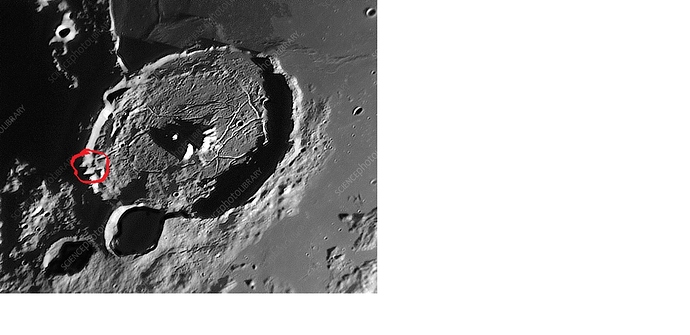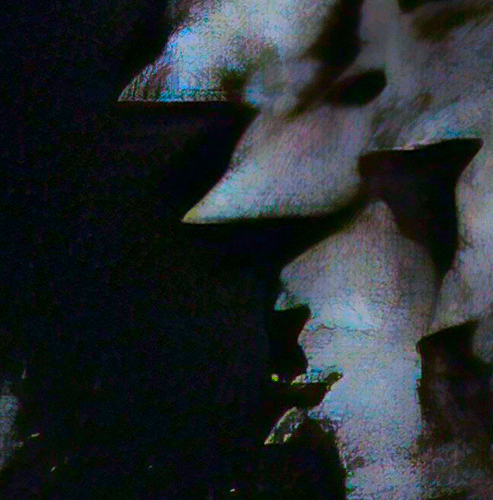People,
When I viewed this crater through my telescope, I saw the two gashes not as gashes, but as fine cuts. In this online image, there is some glare and you don't make out the two as fine cuts. But they truly are, as if they has been cut onto a map with a Gillete razor blade. They aey are completely straight, and exactly parallel with each other. They appear to be mountain passes through the rim of the crater.
Now, how do straight, parallel lines show up on the Moon?
Dean



